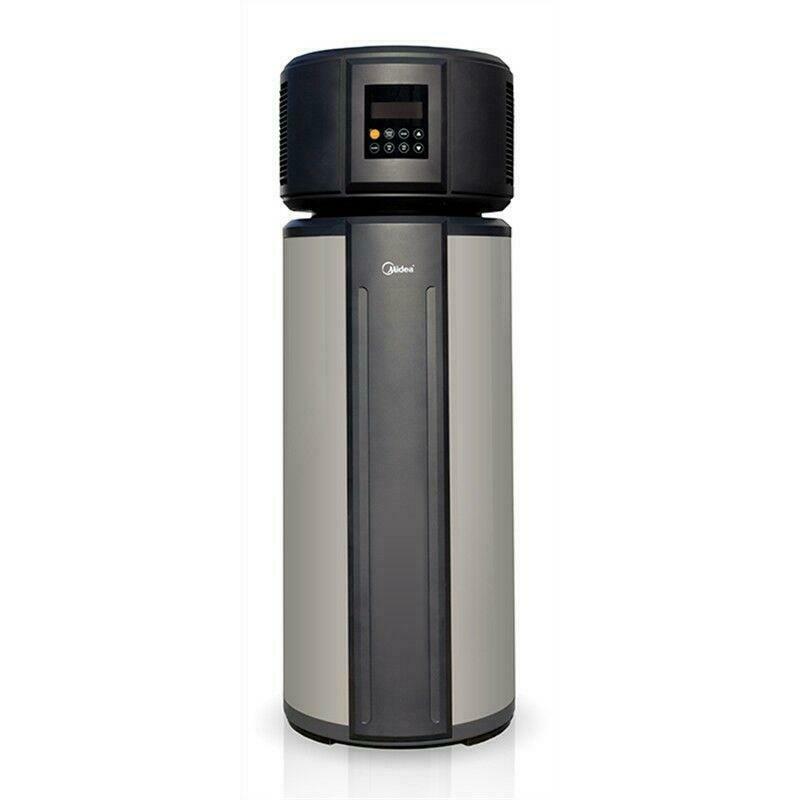Have you heard about heat pump hot water systems?
They are a fantastic way to get all the hot water you need for your daily needs, while also being more energy-efficient than conventional electric hot water systems.
With a heat pump hot water system, you can save up to 70% on energy costs, which can really add up over time. That means more money in your pocket for the things that matter most.
So why not consider making the switch to a heat pump hot water system today?
Not only will you be taking a step towards a cleaner, greener future, but you’ll also be making a smart investment in your home.
How Does a heat pump work?
Did you know that heat pump hot water systems work by absorbing heat from the surrounding air and transferring it to the water inside the heater?
It’s pretty cool! This means that they don’t need to generate heat themselves, which is great news for your energy bills and the environment. Plus, they work in a similar way to refrigeration systems, only in reverse.
So, when it comes to heat pumps, there are two main types: air-sourced and ground-sourced. Air-sourced heat pumps extract heat from the air, while ground-sourced heat pumps draw heat from the ground or a nearby body of water.
Now, let’s talk about hot water systems! Air-sourced heat pumps can use either an integrated or split system. Integrated systems are pretty straightforward – they’re a single unit that combines both the compressor and water storage tank. Split systems, on the other hand, consist of a separate heat pump unit, including the evaporator, compressor, and fan, which is placed away from the hot water tank, similar to a split system air conditioning unit.
- The heat pump works by drawing external air into the evaporator using a fan.
- The evaporator’s piping is designed to contain a refrigerant that undergoes a phase change from liquid to gas due to the warm outside air.
- After the refrigerant turns into gas, it is then pumped through a valve by a compressor. This process generates heat.
- The heat exchanger is responsible for moving the heat from the gas pipes to the water storage tanks, resulting in the creation of hot water.
- At last, when gas has passed through the heat exchanger into the water storage tanks, it undergoes a phase change from gas to liquid. It then flows into an expansion valve where it cools further before returning to the evaporator to repeat the cycle once more.


REBATES AVAILABLE
Everyone is eligible for grants through the Federal Government’s Small-scale Renewable Energy Scheme, which covers a portion of the upfront costs for purchasing and installing a sustainable hot water system.
These grants are known as Small-scale Technology Certificates (STCs) and are offered based on the system’s sustainability.
The value of your STC rebate will depend on your installation location, which can be found on the geographic zone map above.
The best part is – This Rebate Is Provided UPFRONT.
There is also a rebate available from the Solar VIC.
To check whether you qualify*, click this LINK to read the eligibility criteria.
So overall, you may save over $2,000 via rebates.*


